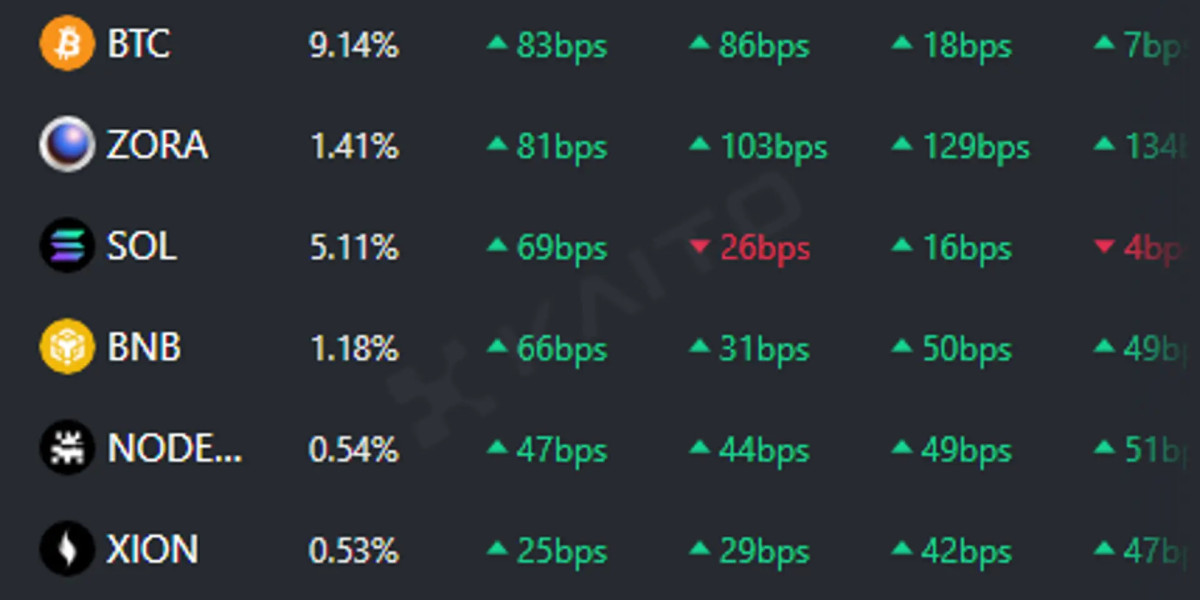? The New Trade Reality: Tariffs and Tensions
The U.S. imported around $3.3 trillion worth of goods in 2024, and many of these imports are now facing elevated tariffs under Trump’s latest economic policy. This has created shockwaves across global supply chains—from electronics and automotive parts to consumer goods sold by giants like Walmart and Nike, which have already raised prices on several products.
With tariff lists covering dozens of countries and frequent policy shifts, companies are in urgent need of solutions that can analyze, predict, and act—instantly. This is where AI comes in.
? AI to the Rescue: Real-Time Trade Intelligence
Salesforce, a leader in cloud software, has developed an AI-powered tariff agent capable of analyzing the U.S. customs system across 20,000 product categories in real time. This intelligent agent uses the Harmonized Tariff Schedule—a 4,400-page rulebook—as its data backbone.
According to Eric Loeb, Executive VP at Salesforce, “The pace and complexity of global tariff changes make it nearly impossible for most businesses to keep up manually. AI fills that gap by instantly processing and acting on tariff updates.”
The AI agent doesn’t just inform companies—it empowers them to automate compliance and make strategic decisions within seconds.
? Rethinking Supply Chains with AI and Machine Learning
Other companies, like Kinaxis, are using machine learning to give businesses a real-time map of their global supply chain health. The software not only monitors parts and materials affected by tariffs but also scans external signals such as news, economic indicators, and global events.
“Imagine a manufacturer discovering that one key component now has a 20% tariff. Our AI suggests an alternative part or sourcing location and forecasts the full impact of that switch,” explains Andrew Bell, Chief Product Officer at Kinaxis.
This approach allows companies to simulate outcomes before taking action—helping avoid costly missteps.
? AI’s Moment to Shine
Experts like Zack Kass, a futurist and former OpenAI executive, see this moment as a turning point for AI in business. Speaking at the Ambrosetti Forum in Italy, he said:
“This uncertainty from tariff measures is AI’s moment to shine. It’s a glimpse into what automation can achieve when human resources alone aren't enough to cope.”
Kass emphasized that AI offers a scalable and dynamic alternative, especially when traditional teams can’t keep up with the sheer velocity of policy changes.
? Global AI Deployment: The Wipro Model
Tech services giant Wipro is leveraging a wide range of AI technologies—including large language models, computer vision, and agentic AI—to help clients dynamically adjust to trade shifts.
From pivoting supplier strategies to rerouting shipping lanes and managing duty exposure, Wipro’s tools are being used by everyone from Asian electronics manufacturers to European auto part exporters.
However, Nagendra Bandaru, Managing Partner at Wipro, provides a balanced view:
“AI is a powerful enabler—but it’s not a silver bullet. It enhances policy strategy, it doesn’t replace it. The key is turning global trade from a reactive challenge into a proactive, data-driven advantage.”
? The Role of Big Data and Visibility
AI is only as good as the data it receives. Venture capitalist Ajay Agarwal from Bain Capital Ventures points to companies like FourKites, which combine AI with real-time freight and logistics data.
By doing so, businesses gain end-to-end visibility into their supply chains. This helps them understand trade-offs: reducing tariff costs might increase lead times or transportation expenses.
“Tariff volatility has hit global shipping rates and capacity hard. AI helps companies adapt faster and smarter,” Agarwal said.
? Why AI Is Now a Top Investment Priority
Even before Trump’s tariff announcements in April 2025, AI was already ranked as a top 3 tech investment by 72% of business leaders, according to a Capgemini report. Now, its relevance has skyrocketed.
Businesses that invest in AI are not just reacting—they’re gaining a competitive edge. Whether it’s predicting the next policy change or automating global compliance, AI is the driving force behind modern trade resilience.
? Final Thoughts: AI Is Shaping the Future of Global Trade
Trump’s tariffs may have reignited uncertainty, but they’ve also accelerated a long-overdue digital transformation in global trade. Companies that embrace AI now will not only survive this turbulent phase—they’ll emerge stronger, faster, and more agile.
In this new world of policy shocks and supply chain recalibrations, AI is no longer optional—it’s essential.














Sana Aggrawal 21 w
Good information